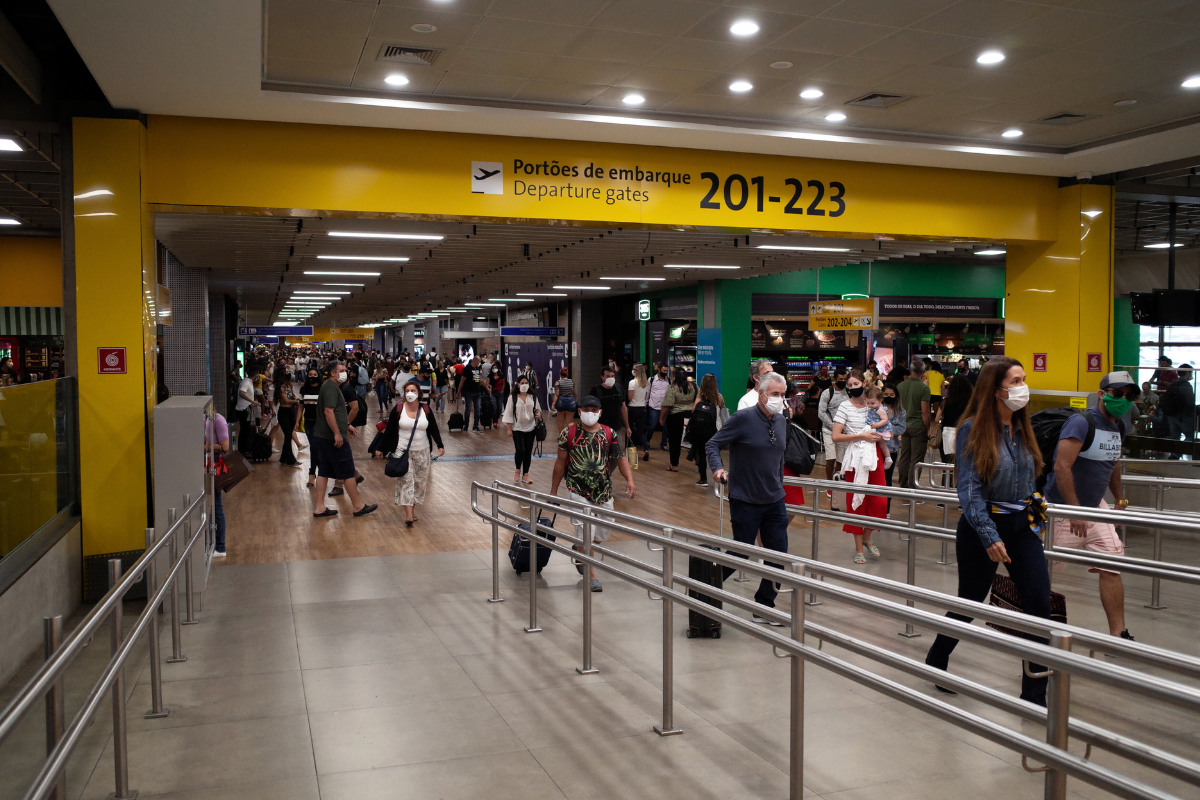Statistics from the International Air Transport Association (IATA) show that the Latin American airlines market, including international flights, is close to recovering from the Covid crisis.
Total traffic in 2023 (measured in revenue passenger kilometers, or RPKs) increased by 17 percent over 2022, but only 0.4 percent compared to 2019 — many domestic markets, such as Brazil, are still operating slightly below pre-pandemic levels, pulling down the overall number. More importantly, however, the annual passenger load factor (PLF) — a measure of how much of airlines’ passenger-carrying capacity is actually being used — rose to 83.2 percent in 2023, up 0.7 percent from 2019.
The rebound was even stronger for international flights, with the region reaching a PLF of 84.7 percent, up 1.9 percent from pre-pandemic levels.
In January, this metric rose further to 86 percent, the highest international PLF of any region. This is critical because loaded flights play a key role in helping airlines return to profitability.
Latin American airlines recorded losses of around USD 600 million last year, a sixth of the massive losses reported in 2022, but still far from a full recovery scenario. In 2024, IATA predicts that the region’s industry will still operate in the red, posting losses of USD 400 million by the end of that year.
Most of the industry’s recovery is being driven by low-cost carriers (LCCs), not legacy airlines. Data from aviation analytics platform OAG on seats offered for this spring (Q2 2024) shows that legacy carriers still account for 65 percent of global seat production, but that is 1.6 percent below 2019 levels.
Low-cost carriers, on the other hand, increased their capacity by 16 percent on the same basis. The same is true for Latin America and the Caribbean: they accounted for 43 percent of all capacity in the region in 2023, according to OAG, well above the 37 percent share they had in 2019.
“Low-cost airlines have been able to start operations quicker than the legacy carriers and have adapted to the changing market conditions with greater effect, meaning increased market share...


 Search
Search






































